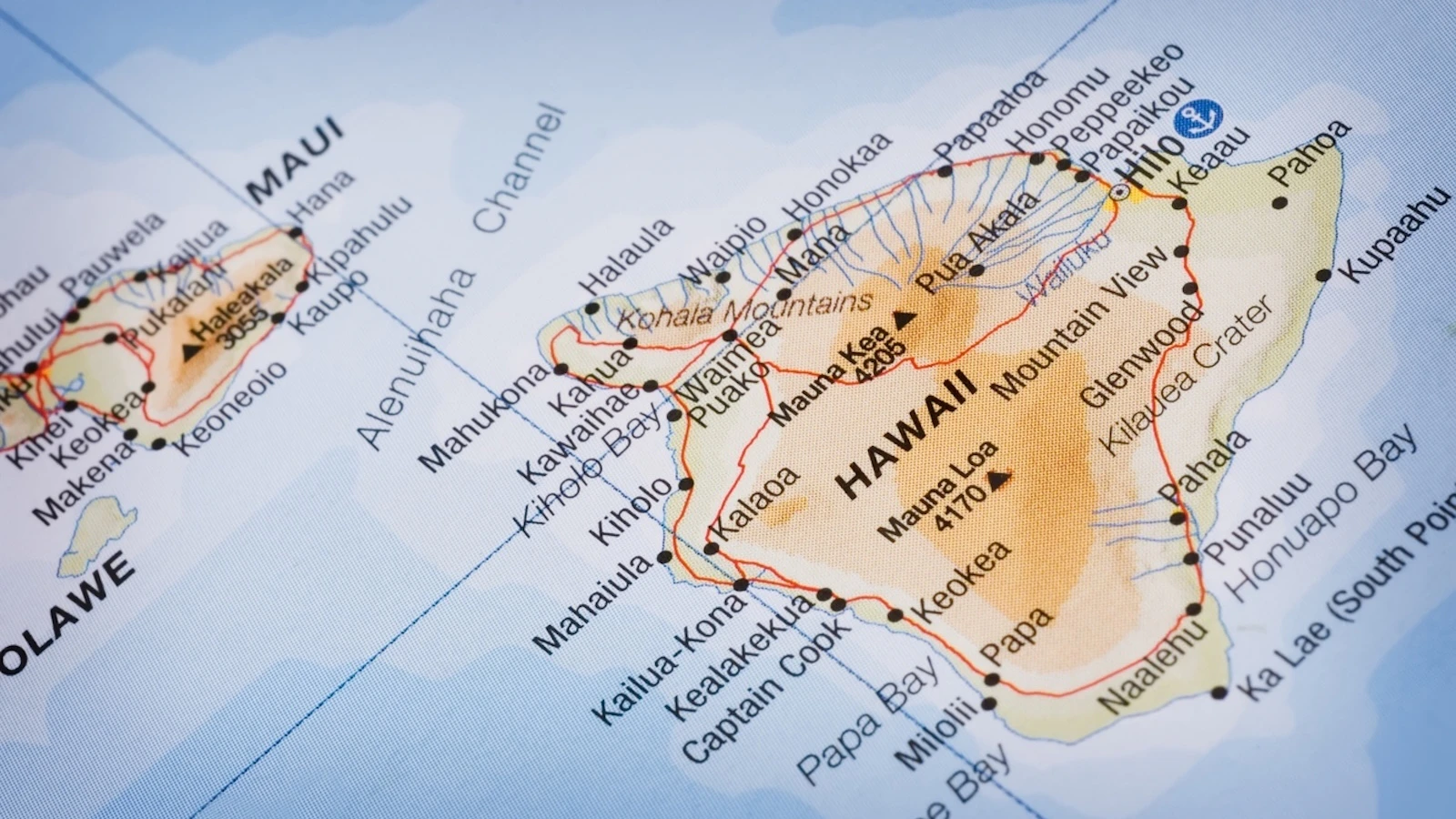The National Science Foundation’s proposed budget cuts could cripple astronomy in Hawai‘i, fear state astronomers.
The Trump administration’s proposed 2026 budgets for NSF and NASA were unveiled last week. And while one of the main shocks of the proposals was the reveal that the agency would not fund the Thirty Meter Telescope on Maunakea — potentially dooming that entire project — other Hawai‘i astronomy facilities don’t fare much better.
“These cuts are right on the precipice of these facilities still being viable,” said Doug Simons, director of the University of Hawai‘i’s Institute for Astronomy.
For example, he said, NASA contributions typically make up about one-sixth of Keck Observatory’s yearly budget. In the proposed budget, that proportion would be zero percent: all NASA funding to Keck would be cut.
Gemini Observatory’s budget would be cut by one-third, Simons said, a tall order for any facility to remain functional.
Especially frustrating, he said, is the proposed impact to the Daniel K. Inouye Solar Telescope on Haleakala. The cutting-edge facility is brand-new, Simons said, having only just begun observations in 2022, and its budget would be slashed by over 39%.
“That kind of cut is difficult to respond to,” Simons said. “It could threaten its very existence.”
The failure of one facility on Maunakea could have knock-on effects for others. All observatories in the Maunakea Science Reserve contribute to certain shared costs totaling “millions every year,” Simons said — road maintenance, snow clearing, a ranger program and more — and one observatory leaving that pool puts more of a burden on others.
But even beyond facility budgets, Simons said the cuts will also have dire impacts on education in the state. IFA’s budget, he said is about $20 million per year, two thirds of which comes from NASA or NSF grants — which, he said, are also threatened in the proposed budgets.
The proposals include a 100% reduction funding for astronomy and astrophysics post-doctoral fellowships through the NSF’s Established Program to Stimulate Competitive Research, which funds STEM education and research programs nationwide.
“Backing out of education has clear long-term implications,” Simons said. “The next generation of astronomers won’t have access to this national or federal money.”
And while Simons said he can’t speak directly on the impact to TMT, he said the astronomy community has been “super frustrated” about NSF’s decision to reject that project as well.
“I simply don’t see how any of this is in America’s best interests,” Simons said. “The reality is, the Europeans are well underway toward developing the (Extremely Large Telescope) in Chile … If we lose our core research infrastructure, we’re ceding dominance and Europe and Asia will be leading the field.”
That said, Simons emphasized that he doesn’t want to seem alarmist, and that both budgets are still subject to Congressional approval.
He added that the proposed budgets seem sloppy: 40% cuts are applied to facilities across the board, which Simons said seems like a slapdash solution to a nuanced issue.
For example, Simons said, the NSF budget slashes funding for one of the two observatories involved in the Laser Interferometer Gravitational-Wave Observatory — a Nobel Prize-winning facility that can only properly function with two observatories located far apart working in tandem.
Simons said Congressional decisions regarding the budgets will be hammered out over the coming months.
But those pending decisions represent potential impacts to millions of dollars to the Hawai‘i economy, and “the highest concentration of good-paying STEM jobs in the state,” Simons said.





